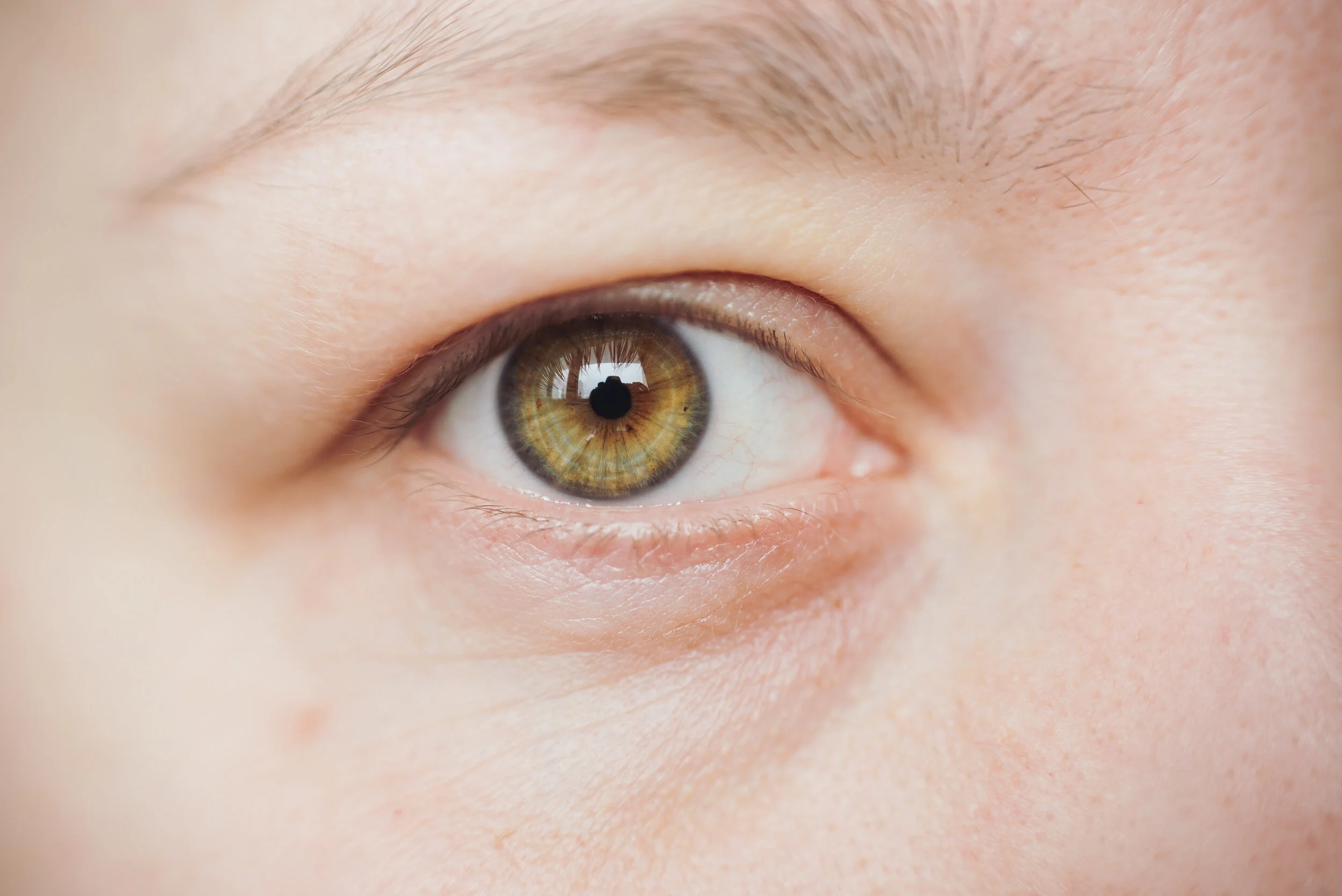Scar Revision
Scars form any time the skin and deeper tissues are injured or intentionally cut. Scarring is the bodies natural way to repair any type of wound. Initially, scars appear raised and pink due to the growth of small new blood vessels. Over time, the body naturally remodels the scar to form a firm collection of tissue that is strong and rigid. Over the course of about 12 months (sometimes longer), scars fade and become less noticeable as they thin out and lighten in color. In the case of surgical scars, if incisions are designed appropriately and closed carefully, the resulting scarring should be minimal. It is important to emphasize that any time that the skin is cut, it will heal with a scar.
FAQs
Scar revision is indicated to reduce, improve and soften existing scars from prior surgery, trauma or burns. The appearance of scarring depends on one’s genetics, skin type and other factors such as quality of wound healing and surgical technique. During surgery or when repairing traumatic wounds, it is critical to understand the anatomy of the skin, underlying soft tissues and muscles and the individual characteristics of the patient. Prevention of scarring in the first place is the most important factor in scar management. It is important to visit with a surgeon with training in facial plastic surgical techniques. Dr. Joos’ has an extensive background in reconstructive surgery around the eyes and face.
How are scars treated?
The age and location of the scar will help Dr. Joos decide what the best course of action is. In many instances, watchful waiting is the best initial recommendation. Other options include:
Injections of anti-scarring medications
Laser Treatments
Scar care creams and dressings
Surgical scar revision
Surgical scar revision may consist of simply removing the old scar and carefully closing the tissue with plastic surgical techniques to better mask its appearance. Occasionally, rearranging the surrounding skin or the use of skin grafts may be necessary to achieve the best possible result. Scar revision is typically done under local anesthesia, but depending on the size and depth of the scar, treatment in the operating room may be necessary. The use of over the counter scar cream and sunscreen is recommended after scar revision. Please contact us to schedule a consultation.

